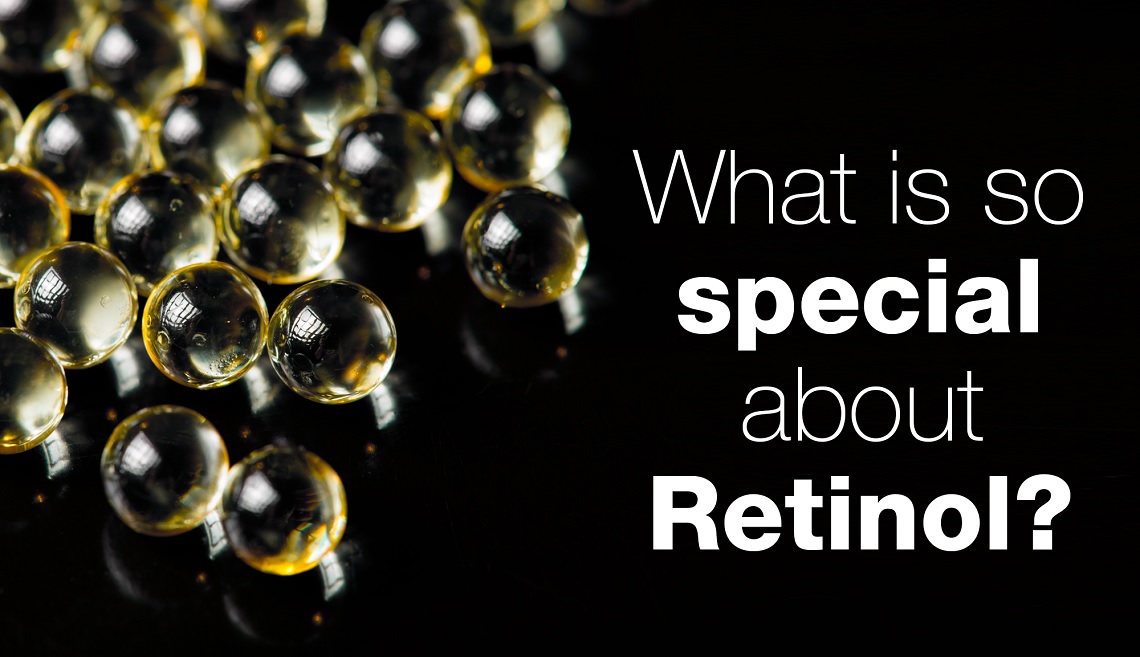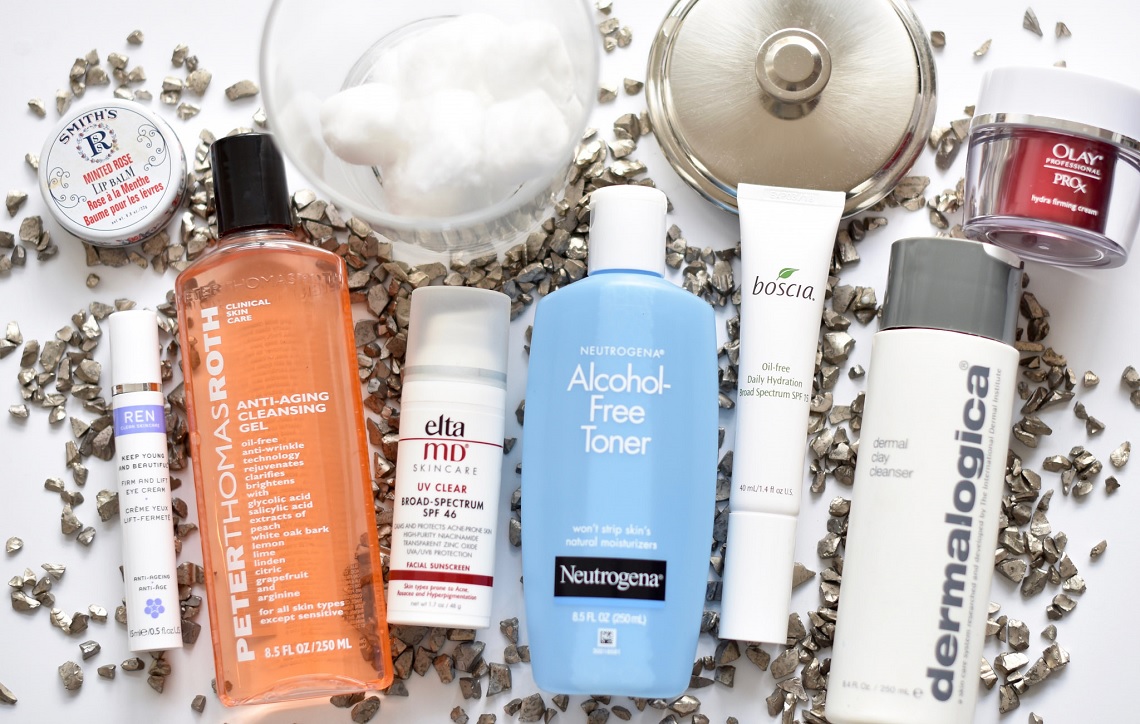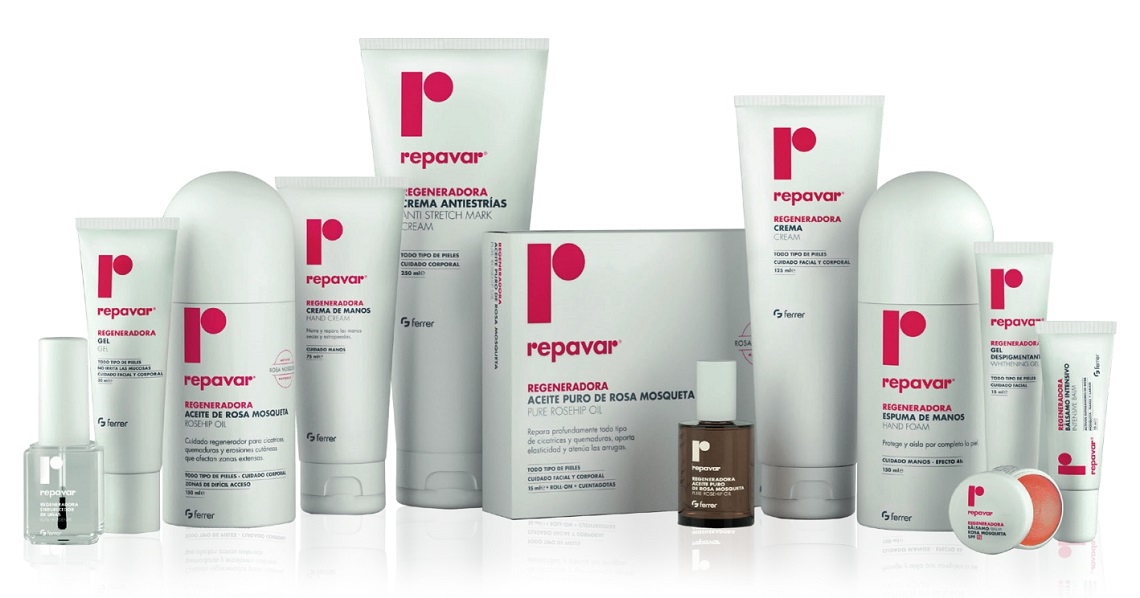
Hailed as a multi-tasking skin hero, retinol is at the top of the list in most anti-aging skin treatments. Not only does retinol improve the appearance of fine lines, it also helps fade sun spots, reduce breakouts, and clarify skin tone. Given the range of skin concerns it addresses as well as the variety of formulations it’s found in, it seems like retinol would be a must-have product for everyone.
There are a few misconceptions about the ingredient, however, that may make some of us shy away from it. The good new is retinol is actually quite user-friendly! Here are five facts about retinol that will help you choose the right retinol for you and use it properly.
1. Retinol can be combined with other anti-aging products

Properly combining skincare ingredients is a tricky subject, especially when it comes to retinol. We often hear that retinol cannot be combined with vitamin C or liquid exfoliants like alpha hydroxy acids (AHAs) or beta-hydroxy acid (BHA). The idea stems from the concern that the pH of these exfoliants reduces retinol’s effectiveness. Fortunately, the opposite is true. Not only do low-pH products (like liquid exfoliants) not interfere with retinol, when retinol is combined with AHA the ingredients work especially well together to fade hyperpigmentation. Furthermore, a study in the Journal of Cosmetic Science revealed that the combination of retinol and AHA improved skin thickness more than when the products were used in isolation.
2. Retinol can be used during the daytime

Although it may sound like skincare heresy, retinol can be used during the daytime - as long as it’s worn under effective sun protection. Retinol is a form of vitamin A and like vitamins C and E, vitamin A is an antioxidant; antioxidants help protect skin from sun damage. All three of these vitamins remain stable when exposed to UV light (as long as you’re protecting yourself with sunscreen). Moreover, because antioxidants are anti-inflammatory, wearing antioxidants under sunscreen may help reduce skin irritation.
3. Skin does not become immune to retinol

When we start using retinol for the first time (or after a long break from it), we may experience temporary skin irritation (flaking, redness) as our skin adjusts to the product. After retinol no longer has any immediately noticeable effect on skin, it’s only natural to wonder if it’s still working! Fortunately, it is. According to dermatologist Neal Schultz, our skin becomes more tolerant of the irritating side effects of new products, but it does not become immune to the benefits - so retinol can remain a staple ingredient in your beauty arsenal and serve your skin for years to come.
4. Prescription strength retinol isn’t always necessary to see results

Although prescription strength retinol can be a game changer where more severe skin problems are concerned, there is an abundance of effective over-the-counter retinol options. Unfortunately, there’s no quick way to determine which concentration of retinol is best for your condition. A lot will depend on your skin type and your skin’s tolerance of the ingredient. So it’s wise to start with a low concentration and work your way up, only if you feel that your skin is ready for a stronger concentration. The good news is that even a low strength retinol product (0.01% retinol) can deliver results.
5. Retinol can be combined with most anti-acne products
Prescription strength retinol is often recommended for patients suffering from moderate to severe acne. Benzoyl peroxide (BP), a popular antibacterial topical acne treatment, once had the potential to deactivate retinol, but a 2010 study showed that newer formulations of retinol are not deactivated or oxidized when combined with BP. Please note that layering these two may increase irritating side effects (dryness, flakiness, etc.) so you may find that applying one in the morning and one in the evening is still the most suitable option for you.
Related News
- >> Cleansing the skin(13.12.2017)
- >> pHabulous pregnancy and the skin(13.12.2017)
- >> The importance of blood circulation(13.12.2017)
- >> How to find the perfect blush for your complexion(13.10.2017)
- >> How to properly groom your eyebrows at home?(09.10.2017)
- >> How can we dress up our face tonight?(06.10.2017)
- >> Burns at home – What to do?(06.10.2017)





 Access Week: 1929
Access Week: 1929 Monthly Access: 15412
Monthly Access: 15412 Visitor: 736247
Visitor: 736247